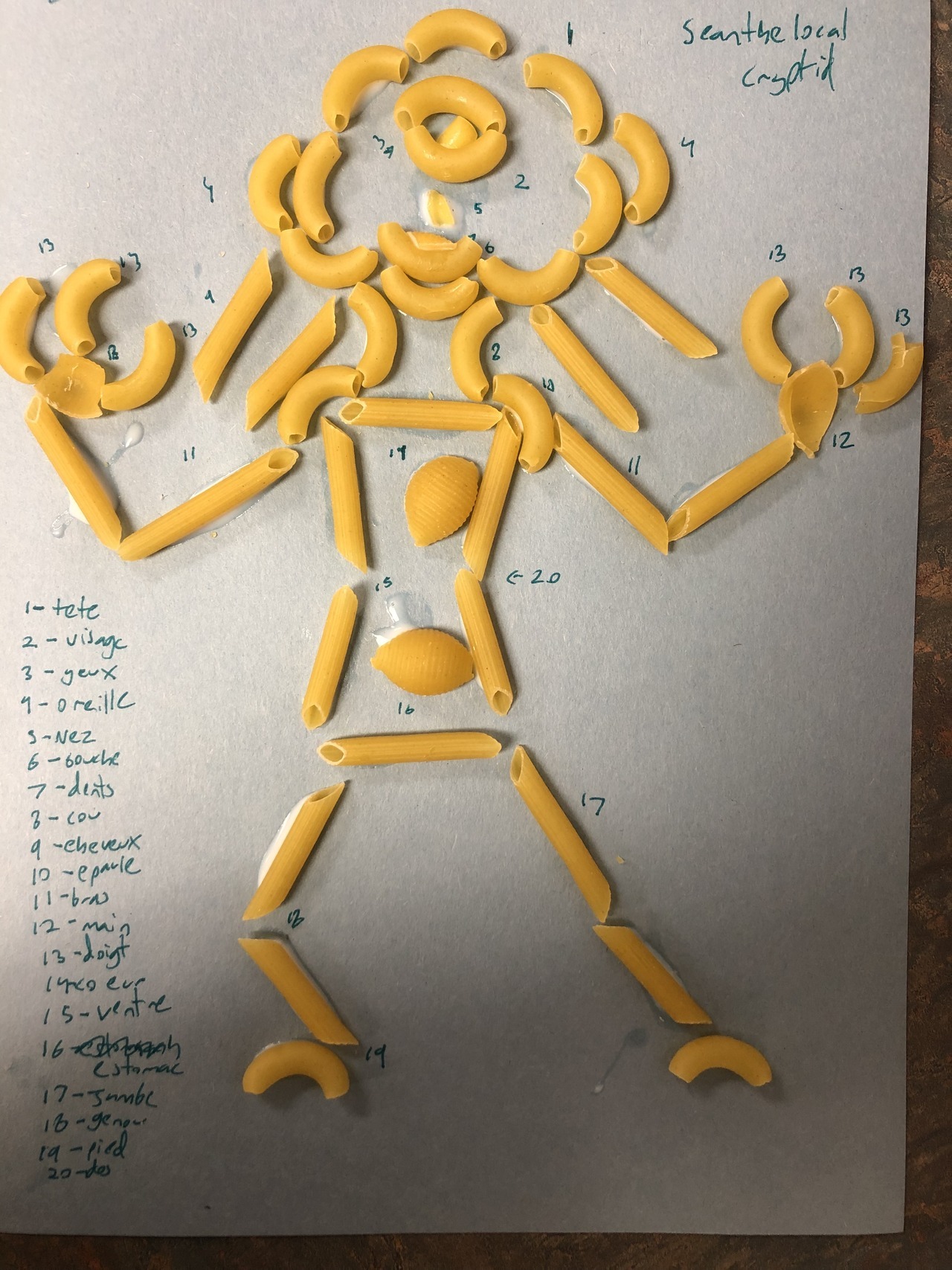

Fun and easy ones that can be put together in a moment's notice! You're awesome Jamie and I appreciate you sharing your activities and ideas!! - Melissa C. I am so grateful to have activities handed to us. There's always something new for us to discover, as well as old favorites. Then, I poured a little bit of each noodle variety into different bowls with clean hands. Next, I covered my table with a washable drop cloth. Prepare to Create Pasta Art with Your Kids Glue (we used Elmer’s school glue and Elmer’s washable clear glue).Table cover (I use a washable drop cloth).These are the pasta varieties we used for our art with the kids:īesides the pasta, I gathered the following supplies: I wanted the kids to have a wide range of pasta shapes and sizes to inspire lots of ideas for their art. You can obviously use whatever kind you prefer. There are a lot of pasta varieties available. You and your kids can create one (or more) of your own pasta art pieces, too! Gather Supplies for Your Kids Pasta Art Pieces What is something you always have on hand at your house? In my house, one thing is pasta! We eat A LOT of pasta! My kids and I created our own pasta art with these simple ideas. Upon her death in 1807, a bust statue of Kauffman was erected in the Pantheon next to Raphael.Pasta can be used for many fun activities with kids. Additionally, at the age of twenty-three, she became an honorary member of the Accademia di San Luca in Rome and was one of two female founding members of the Royal Academy of Arts in London in 1768. Although a celebrated portraitist, Kauffman accelerated-with stipulations-as a History painter, a genre reserved for male artists due to subject matter, perceived intellect talent, and emotional constitution. Making waves throughout Europe in the mid-eighteenth century, Kauffman’s dedication and talent allowed her to transcend the confines of convention. While Kauffman inevitably decided to pursue a career in painting, many of her later works retrospectively reflect the difficult choice between her two passions.

As a preteen, Kauffman was in the midst of establishing herself as a wunderkind not only a promising artist, she also was a polyglot and gifted singer/musician. Oil on Canvas.Ī child shaped by the Age of Enlightenment, Angelica Kauffman situated herself as a leading portraitist and History painter in the male-dominated public sphere. Due to her hyperrealism and mass influence, Rosa Bonheur continues to be regarded as the leading female artist of the nineteenth century.Īngelica Kauffman, Self Portrait as a Singer, Holding Sheet Music, 1753. Not only a phenomenal artist, Bonheur also transcended social norms and constructs by wearing male clothing-with permission from the government-smoking cigars, having short hair, and sharing her life with two long term companions Nathalie Micas (1824-1889) and Anna Klumpe (1856-1942). In 1849, at the age of twenty-seven, Bonheur’s monumental painting, Ploughing in the Nivernais, won the First Medal at the Paris Salon. Training in his father’s studio from the age of twelve, the progression of Bonheur’s education began with copying images from drawing books, advanced to copying imagery from the Louvre, and then to studying actual anatomy and osteology as a way to better refine the realism of her work. Shaped by her rebellious childhood, Bonheur found solace and passion in painting the natural world.

Specializing as an animalier, Rosa Bonheur became successful in her late adolescence. Rosa Bonheur, Plowing in the Nivernais, 1849. Despite hardship in her later years, Savage left an indelible mark as an artist and activist and the scope of her life’s works continue to inspire generations. Additionally, New York City commissioned a piece by Savage for the 1939 World Fair. In the 1930s, Savage established her own studio in Harlem, became the first African American member of the National Association of Women Painters and Sculptors and was appointed the first director of the Harlem Community Art Center. Despite the unadulterated discouragement of her father, in addition to the sexism and systemic racism of the time, Savage pursued a career as an artist and subsequently became a prominent portrait sculptor and advocate for black youth in the arts. While she is not considered a child prodigy in the traditional sense, Savage’s early life was defined by her intrinsic passion for art and sculpting. Photographic print.Īugusta Savage was a trailblazing artist of the Harlem Renaissance, activist, and educator.

Augusta Savage with her sculpture Realization, 1938.


 0 kommentar(er)
0 kommentar(er)
